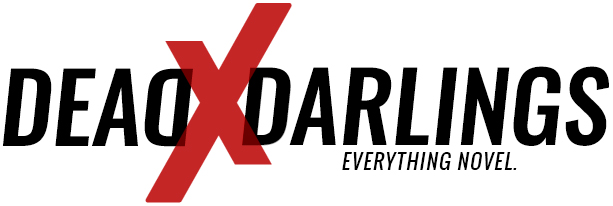 I’ve been lurking on Substack for a while wondering: should I? could I?
I’ve been lurking on Substack for a while wondering: should I? could I?
My mystery thriller, Swallowtail, is coming out from Galiot Press in November. I want people to know about it. I want them to meet my sassy, arty detective, Samantha Star and her partner Brian and to get to know the sometimes gritty, sometimes charming, seaside city of Quincy where the story is set.
Lots of writers share thoughts about their books on Substack. So, I decided to dive into Substack too, even though I don’t usually dive.
I actually grew up stone’s throw from the ocean and spent an inordinate amount of time in freezing, waist-deep water wondering: should I? could I? go deeper. (I never did learn to swim.)
But here I am now, diving in. You can read my Substack post about Swallowtail below. Or dive into Substack to read it there.
***
There are less than 4 months until the launch of my weird, fun, creepy detective novel, Swallowtail, and I’m spiraling. There is so much I still need to do. I need to come up with ways to promote it, redesign my website, teach myself Canva so I can make those cool digital graphics everyone else seems to be using.
But first I need to take a deep breath and celebrate what I’ve done. I wrote the book. I revised it again and again, first for myself, and then for my fantastic editor from Galiot Press, Henriette Lazaridis. And most recently I got through the copyedits.
If you’re not a writer, copyedits might not seem like a big deal. But they are.
Copyedits can fix fine points of grammar or style and make your book feel truly polished. They can also painfully reveal your complete ignorance of the proper use of commas. Guilty as charged.
Copyedits also address consistency issues: things like saying something happened on Friday and then saying it happened on Saturday. That was easy to fix.
But then came the dreaded timeline error. My novel has two timelines, twenty years apart. In early drafts I put the day of the week at the start of every chapter so I wouldn’t lose my way. But I quickly learned that you can make life easier by not specifying specific dates or times when you don’t have to. I became a zen master of time vagueness.
However sometimes in a mystery, the exact day or time matters, especially for a detective. I thought I’d dealt with that. But my copyeditor detected a place where I hadn’t.
I panicked. What if, at this very last moment, the thing I’d dreaded most had happened? My intrepid copy editor had found the one problem that would make the whole book fall apart.
Fortunately I tend to overreact.
I realized I had two choices. I could pin down the timing but that change could cascade through the rest of the book—like the proverbial flap of a Swallowtail’s wing. Not something I wanted to risk at this late stage in the game.
Instead I decided to embrace the vagueness. Because detection is a tiny thumbprint pressed into the vast unknown of reality. Even in a mystery, especially in a mystery, some things are better left unsaid. And this particular fact wasn’t essential to the story. To explain any more would be a spoiler.
Now my copy edits are done and I’m celebrating with an Aperol Spritz. My favorite cocktail lately. They are light, refreshing, and a surreal shade of orange that looks quite literally like something from out of this world.
Want to celebrate with me? Here’s how to make one:
3 parts Prosecco,
2 parts Aperol,
1 part soda water
(Amounts can be adjusted to taste)
Pour over ice. Stir. Garnish with an orange slice and enjoy your surreal drink.
Cheers!



